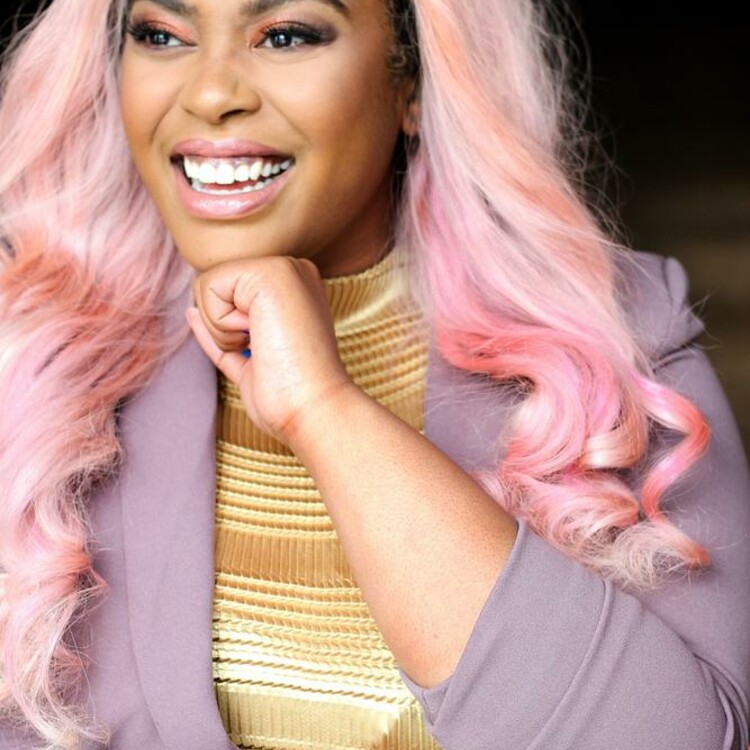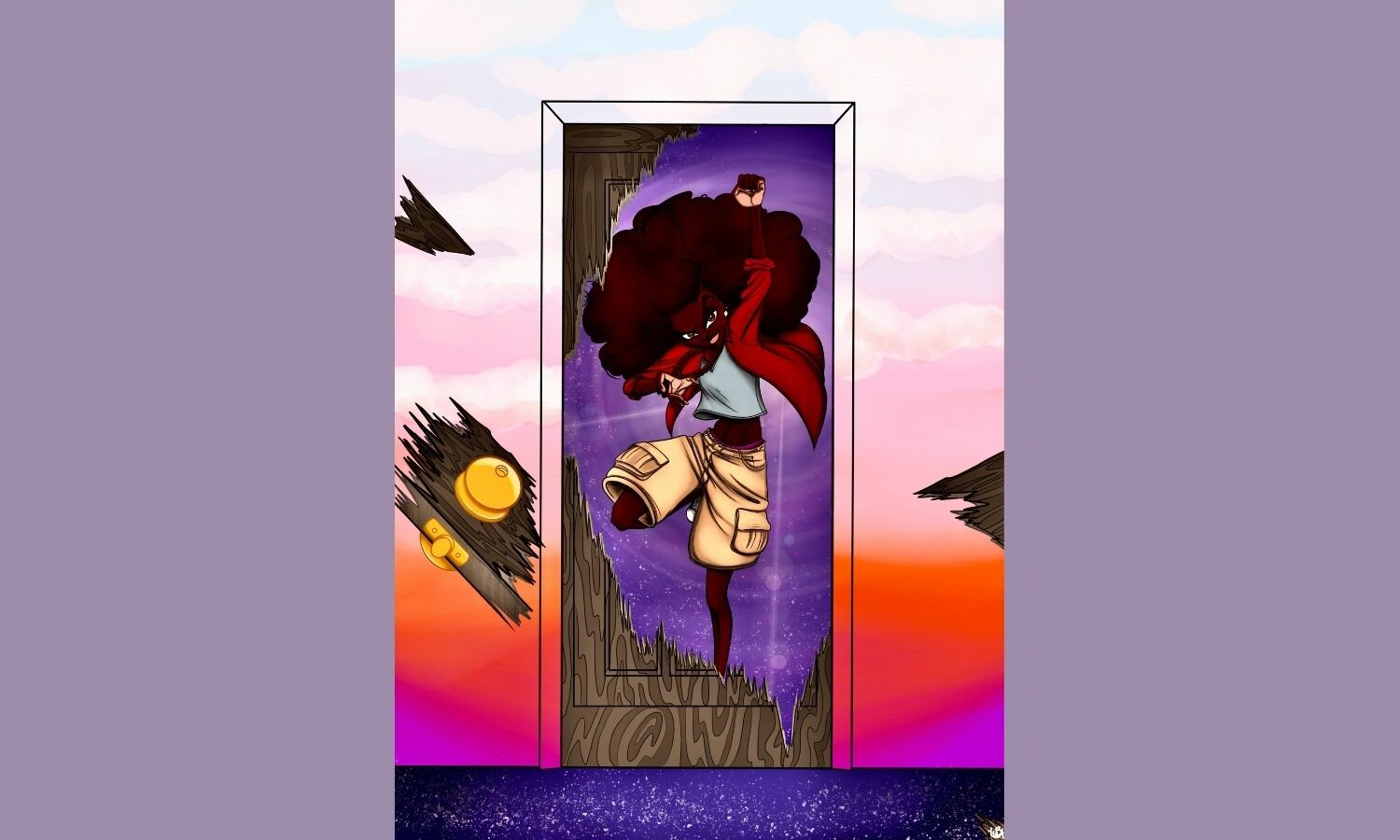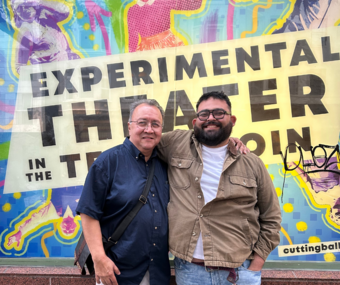“I know I’m trans but can I come? Can I be free too? Can I coexist in peace? And in love with us? Can the beginning of my liberation start at the end of white supremacy as well?” — Indya Moore, “Can I Come Too”
Theatre is returning and rarely do I see myself reflected in it. Anywhere. Not on Broadway, not on LORT stages, not at the theatre down the street. As a non-binary, Black femme who identifies as trans, I am the only person like me in almost every room I enter. It makes me wonder why I am even invited into those rooms, because it doesn’t seem to be furthering my own liberation or the liberation of trans, neuroatypical, Black, and queer people like me.
This question extends even to the rooms where I have some decision-making power. I am a working actor, dramaturg, director, and artistic director of a storefront theatre, and still the question of “Why am I here?” persists. Pay inequity, erasure of identity, and overexposure of artists without compensation or decision-making ability are all serious problems. My face has been used to make many spaces appear safe, even when I am not safe within them.
Addressing this dynamic is an act of healing. In a white-supremacist system, I can’t take accountability for all of the harm done to me, but I can reshape what is in my control. The reality is that the empowered—aka older, whiter, and richer—people who have invited me into these spaces do not know why I need to be there apart from the fact that I fill a quota. This is a disenfranchising and stark view, but in facing this bleak truth, one can find infinite opportunity.
There is an absence of culture in these aforementioned spaces. Having exclusively old white people in power has created a vacuum of vision, which is directly expressed in the lack of diversity and excitement in our storytelling. I may not come into a room holding generational wealth and power, but I come in with an understanding of my purpose as an artist. That purpose is in creating and influencing culture. The Great White Way is suffering from an absence of culture, economically and artistically. Culture is something BIPOC artists have access to in a myriad of ways, including but not limited to heritage. And, culture is something that artists and other cultural practitioners can study, become expert in, and use to facilitate safe and open collaborations in the future of theatre.
Theatre is returning and rarely do I see myself reflected in it. Anywhere. Not on Broadway, not on LORT stages, not at the theatre down the street.
It is time for theatre artists to reclaim our purpose as creators of culture and envision an American theatre that truly holds the mirror up to American society. Our industry can comprehend the potential of art and culture to shape our society and the impact of our art on society as it develops, and it can invest in methods of creation that center cultural strategy. Nobody can tell anyone why they belong in the room, but everyone can identify purpose and can place equity at the forefront by envisioning the world through the practices of cultural strategy.
Let’s get into the visioning tools at hand. What is cultural strategy? I define it as the understanding that culture influences individual and societal behavior, and choosing to actively use elements of culture—fashion, music, theatre, film, art, storytelling—to transform, challenge, or preserve an existing culture. In short, cultural strategy is ethically responsible storytelling. Cultural strategy acknowledges responsibility for the impact of a story on individuals and society as a whole, and actively curates a desired impact throughout the process of creation. I, and likely many others, have been practicing it before I even knew what it was called. (Thank you to Amrita Ramanan at Play On, one of few cultural strategists at a major theatre, for introducing me to the proper title for this work and helping to pave the way for all.)










Comments
The article is just the start of the conversation—we want to know what you think about this subject, too! HowlRound is a space for knowledge-sharing, and we welcome spirited, thoughtful, and on-topic dialogue. Find our full comments policy here